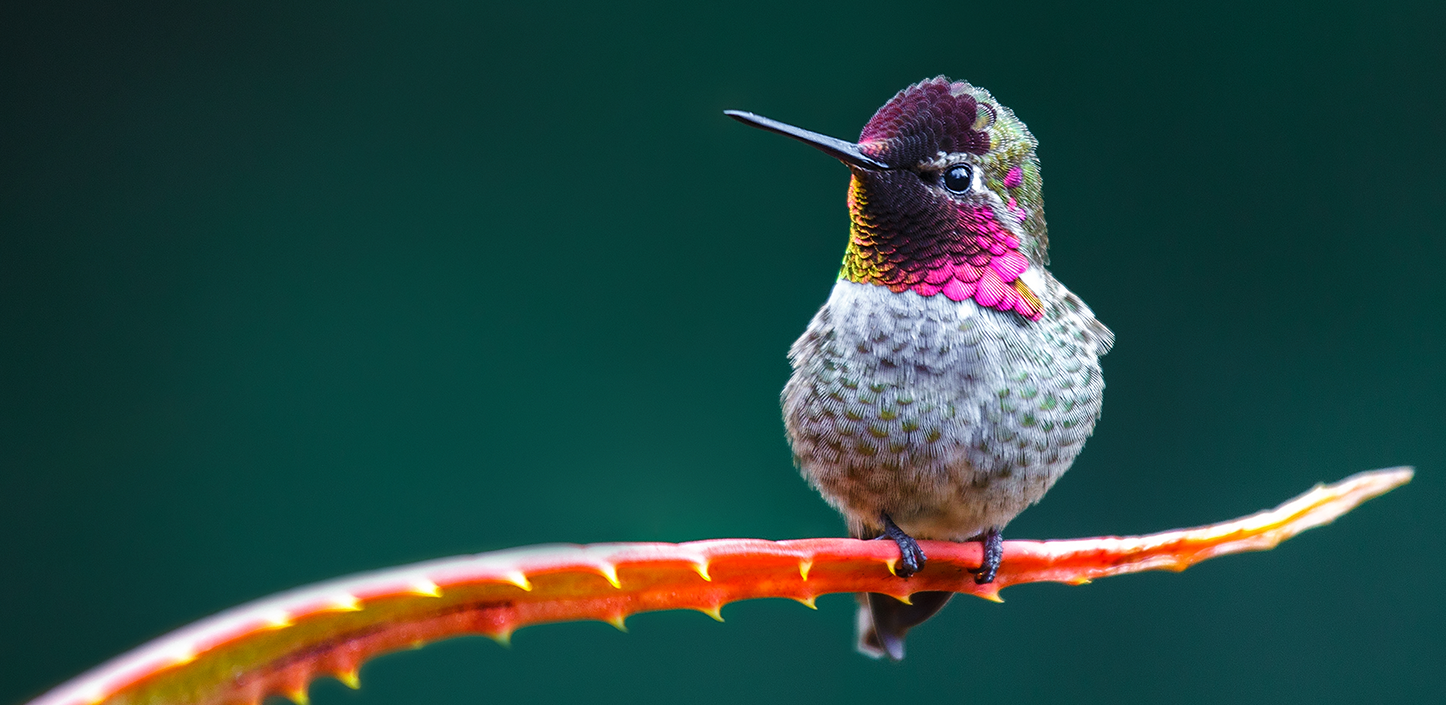
Restoring headwater forests for people and wildlife
Urgent conservation work can be challenging, no matter where it is needed. You’ve got to find funding, the right partners and projects, and the right balance of benefits to wildlife and people.
This is certainly the case in California, a state rich in wildlife and people, forests and farms, highways and rivers, vast wilderness and enormous metropolitan areas. The stakes are high, especially considering that much of the state’s forested landscapes are naturally prone to wildfire, moreso in the modern world.
Partnering in 2024 with the Pacific Southwest Region of the U.S. Forest Service, NFWF announced $53 million in grants through its California Forests and Watersheds Program. Projects funded through this and other NFWF programs will help dramatically increase the pace and scale of wildfire-resilience work in California.
Grantees are thinning forest understories and removing excess fuels so future wildfires won’t move quite as fast and burn quite as hot. They are replacing flammable, invasive grasses with native species more resistant to wildfire. They are reforesting wildfire scars and collecting native seeds for future restoration efforts. They are collaborating closely with state and federal forest managers, private landowners, Tribal authorities, and other conservation nonprofits.
One grant of more than $9.8 million will enable the Mid Klamath Watershed Council to boost restoration across 1.2 million acres in the Western Klamath watershed, a critical habitat for endangered coho salmon that was damaged by wildfire. This landscape-scale project will increase prescribed fire and forest thinning to protect people and recover fish and wildlife.
Another grant of $6.1 million to the San Gabriel and Lower Los Angeles Rivers and Mountains Conservancy will reinforce and accelerate wildfire-resilience efforts already underway in the Angeles National Forest, where wildlife and combustible vegetation mix tightly with 18.4 million people in the Greater Los Angeles area.
Contributing Partners: Arbor Day Foundation, Cal Fire, Los Angeles Department of Water and Power, Sierra Pacific Industries, Bureau of Reclamation, USDA Natural Resources Conservation Service, U.S. Department of the Interior, U.S. Fish and Wildlife Service, U.S. Forest Service
This story originally appeared in NFWF's 2024 Annual Report.